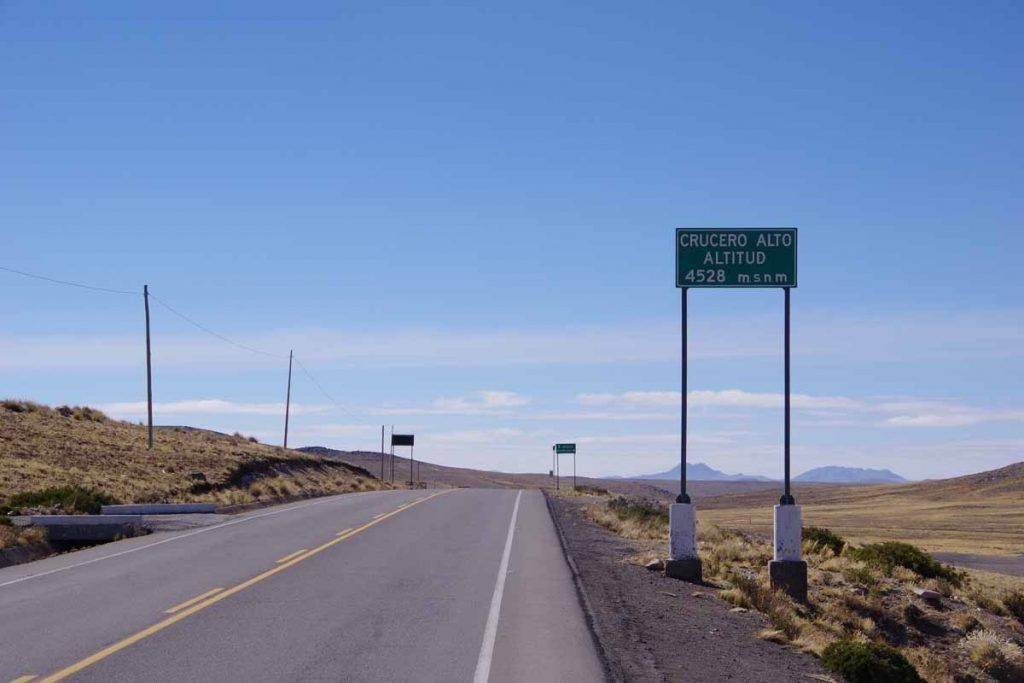By the time an eastbound TA cyclist gets to Hoosier Pass, they will have gone over Togwotee Pass (~9600ft) after coming across Yellowstone and spent time in Walden (~8000ft) and then Summit County (~9000ft) so there can be a number of days before going over relative elevation at 11,500ft of Hoosier Pass. A westbound rider would have come to ~5000ft near base of the Rockies before then getting to 11,500ft of Hoosier Pass. So I suspect some caution to not go all at once is in order.
Other than needing extra air - for myself I noticed it more hiking once I got over ~13,700 or so - more near last bits of 14ers than before. When cycling, my high point was in Peru at 14,850ft. Prior to getting there, I spent several days in Arequipa at 7,500ft before climbing the Altiplano. I had heard guidance to "climb high, sleep low" and to pace oneself to not climb more than 1000m between successive nights. However, there weren't many good places to stop between Arequipa and the higher points so I pushed that 1000m guidance some. In evening before I cycled this high point, I slept in Imata, Peru at 14,600ft (4450m) and could notice a slight headache - so had climbed too quickly that day. Once over this top, the Altiplano was again slightly less and headache went away.
